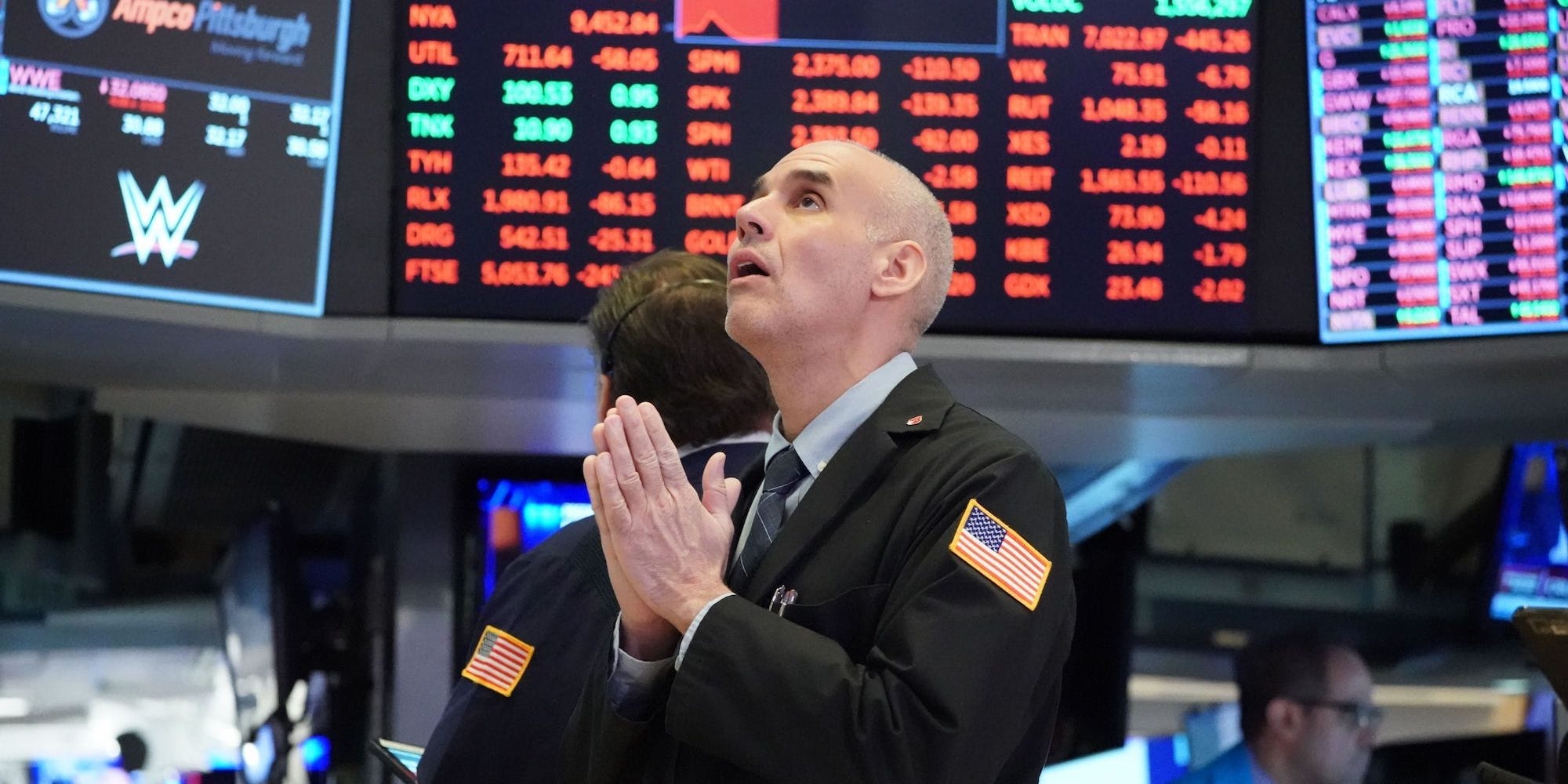
- US stocks were mixed in a volatile trading session on Monday as investor anticipation grew for the upcoming earnings reports from mega-cap tech giants later this week.
- An epic short-squeeze rally in a number of smaller companies led by GameStop marked a wild Monday for the stock market.
- Sign up here for our daily newsletter, 10 Things Before the Opening Bell.
US stocks ended Monday mixed in a volatile trading session as investors anticipate an avalanche of earnings reports from mega-cap tech giants.
Technology stocks led the market higher throughout Monday, with the Nasdaq 100 Index surging as much as 1% before paring gains.
The wild trading session was marked by an epic short-squeeze rally in small companies like GameStop, which surged as much as 145% to an all-time-high on no official news.
Here’s where US indexes stood after the 9:30 a.m. ET open on Monday:
- S&P 500: 3,855.34, up 0.36%
- Dow Jones industrial average: 30,960.36, down 0.12% (36.62 points)
- Nasdaq composite: 13,635.99, up 0.69%
Investor enthusiasm in shares of GameStop also spilled over to other stocks with high short-interest, like BlackBerry, AMC Entertainment, and Bed Bath and Beyond.
The rally in cryptocurrencies spilled over to Ethereum on over the weekend, with the crypto asset hitting new record-highs and soaring as much as 21% in a single day.
While stocks continue to move higher, analysts at Goldman Sachs are warning investors that a vaccine resistant COVID-19 strain could cut 2021 growth by more than a third.
Moderna surged as much as 12% after the healthcare company said its COVID-19 vaccine likely protects against variant mutations found in the UK and South Africa.
Oil prices jumped. West Texas Intermediate crude gained as much as 0.98%, to $52.75 per barrel. Brent crude, oil's international benchmark, rose 0.74%, to $55.82 per barrel.
Gold was down as much as 0.09%, to $1,854.30 per ounce.